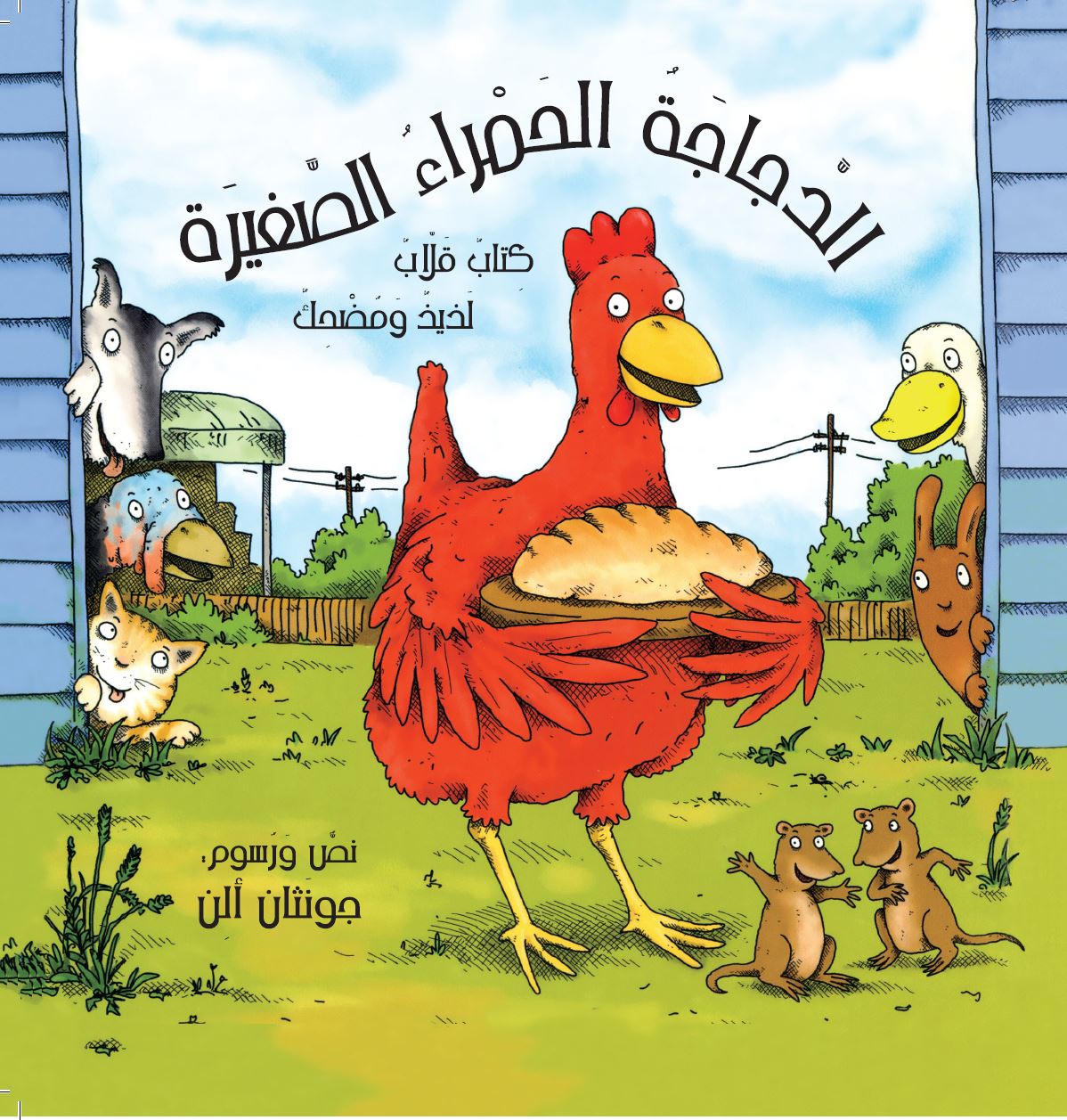
Based on the familiar and much-loved story of the hard-working Little Red Hen who asks her farmyard friends to help her make bread. Open the flaps to reveal the lazy animals who are all far too busy to help Little Red Hen sow and water the seed, or harvest and grind the corn. It’s not until she has baked the bread that her friends are keen to help—with eating it! But Little Red Hen has other ideas. The ingenious flaps turn a moral fable into a perfect shared reading experience for very young children.



